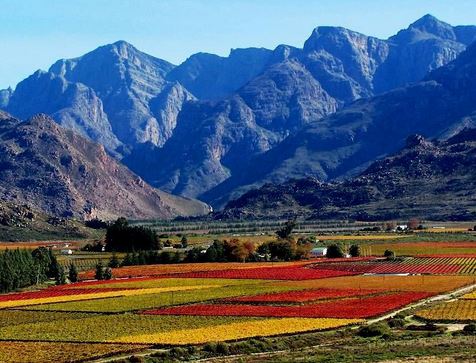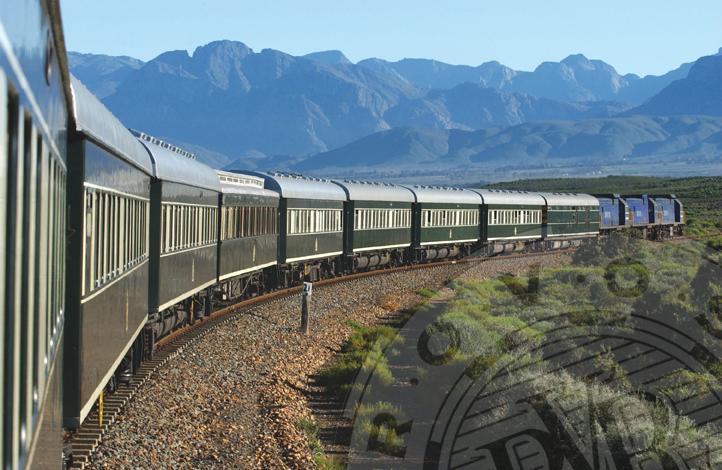Lüderitz – Naminus
Only the fact that you have to drive through the Namib desert to reach Lüderitz means that you know that you are not in Germany. Here you will find German street names, Lutheran churches and a ‘Konditorei’ as with our Eastern neighbors. Yet it was the Portuguese who were the first Europeans to set foot on this spot in Namibia. Explorer Bartholomeu Dias erected a cross in 1487, where Lüderitz is now, and named the bay Angra Pequenha. The Portuguese were not interested in this desert area, so nothing happened for a long time. In 1883 Adolf Lüderitz entered the bay from Bremen and bought this and the surrounding land from the Nama chief. The German flag was raised and the history of Lüderitz began. At first this was the center of the German colony in South West Africa, but later Windhoek and Swakopmund became more important. From August 2013, the name Lüderitz has been officially replaced by Naminus, due to the sensitive history between Namibia and the German settlers.
The first diamond was found in 1909 when a railway was being built from Lüderitz. The gold rush was fierce and not far from Lüderitz the town of Kolmanskop was founded especially for the personnel of the diamond mines. The village prospered by the good diamond finds and a school, hospital, theater, many cafes, a casino and even a brothel (with ladies coming from Germany) were built. From 1920 onwards, larger amounts of diamonds were found further south and the area around Kolmanskop became less interesting for miners and people slowly moved south after the diamonds. Around 1954 the town was completely abandoned and it became a so-called ‘ghost town’ surrounded by sand. For tourists this is a very special place to visit! You can buy a ticket at the tourist office in Lüderitz to get access to the area, the theater can only be visited when you buy a ticket with a tour. South of Lüderitz lies the part of the Namib desert where diamonds are mined, this so-called ‘sperrgebiet’ is strictly forbidden to visit yourself. To the north of Lüderitz is the Namib Naukluft National Park.
The Felsenkirche, built by the Germans, is located on the Diamantberg and is only open to visitors at the end of the afternoon. The beautiful stained glass windows stand out well because of the low sun. If you go a little higher on the Diamantberg, you have a good view of the village and the Atlantic Ocean. In addition to the church, you can also visit the Goerke Haus with its striking blue roof.
The area has a temperate desert climate with a temperature that is around 20 degrees throughout the year. The bengali flow that transports ice-cold water from the South Pole to the Namibian coast means that swimming is not very popular. You can take a walk on the mostly deserted beaches or when the wind is not too strong, take a boat trip to take a closer look at the animals (dolphins, penguins, water birds etc) off the coast.
Add to my travel plans


